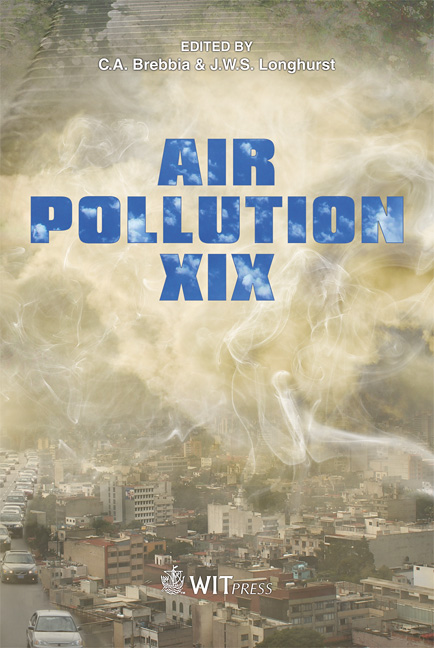Towards A New Framework For Air Quality Management In Nigeria
Price
Free (open access)
Transaction
Volume
147
Pages
10
Page Range
1 - 10
Published
2011
Size
412 kb
Paper DOI
10.2495/AIR110011
Copyright
WIT Press
Author(s)
A. O. Olowoporoku, J. W. S. Longhurst, J. H. Barnes & C. A. Edokpayi
Abstract
Since 1988 the Nigerian Government has introduced environmental legislation aimed at reducing the atmospheric impact of various sources of pollution. Emphasis has often been placed on mitigating pollution from the oil and gas industry. However, various studies indicate significant ambient air pollution from other sources due to vehicular traffic growth in urban areas, increased reliance on petrol and diesel fuelled generators for electricity supply in homes and other public facilities, uncontrolled open incineration of waste and major thermal power stations within the city limits. In this paper, we make the case for the establishment of risk-based air quality management approach based on monitoring, modelling and assessment of these other sources. We outline four important elements that should be considered in order to achieve this recommended approach. These elements are conceptualised within the existing institutional, organisational structures and capacity in Nigeria. Keywords: Nigeria, air quality management, air pollution, air quality standards and objectives, environmental legislation, environmental policy, NESREA, traffic-related emissions. 1 Air pollution as an immediate concern Nigeria has a population of 140 million people, a large percentage of which reside in major cities such as Lagos, Kano, Abuja, Port Harcourt and Kaduna (National Bureau of Statistics [1]). Lagos has been identified as one of the fastest
Keywords
Nigeria, air quality management, air pollution, air quality standards and objectives, environmental legislation, environmental policy, NESREA, traffic-related emissions





